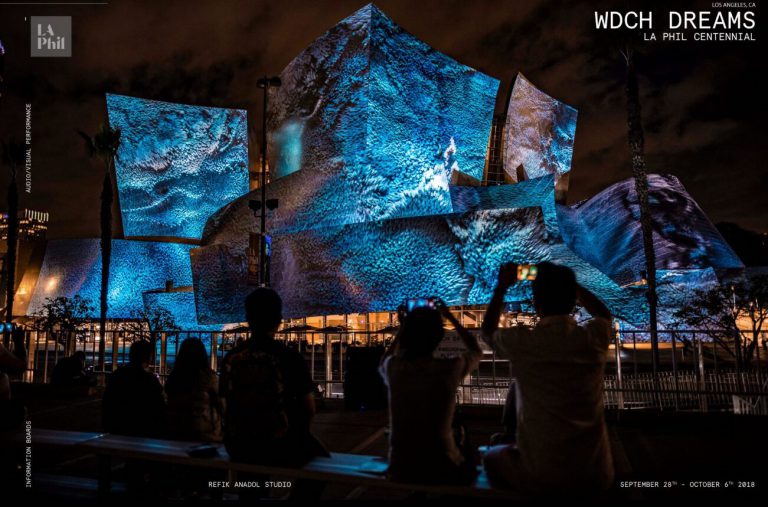Born and raised in Istanbul, Turkey, and now based in Los Angeles, California, media artist Refik Anadol turns data into pieces of art by using data science and artificial intelligence. He set off on his journey as a media artist by asking the question “Can we make machines dream?” Anadol brings together light, data, and machine intelligence to create stories for the 21st century. Brace yourselves for a visual show!
Using the original idea of giving a machine consciousness, Refik Anadol creates all his works with a highly-talented international team of architects, designers, and engineers. Now, it can sound a bit confusing, the idea that machines are entities that have consciousness or that they can dream. So, what exactly does Anadol mean by this expression?
To give an example, let’s have a look at the way the artist created his project WDCH Dreams. Anadol came up with the idea of searching through the digital archives of the Los Angeles Philharmonic Orchestra in order to locate all of the events where the orchestra performed at the Walt Disney Concert Hall. This amounted to 45 terabytes worth of data. Anadol and his team then fed this data through a machine, “a computerized mind” which mixed and matched the archived images haphazardly to come up with a similar but new series of visuals.
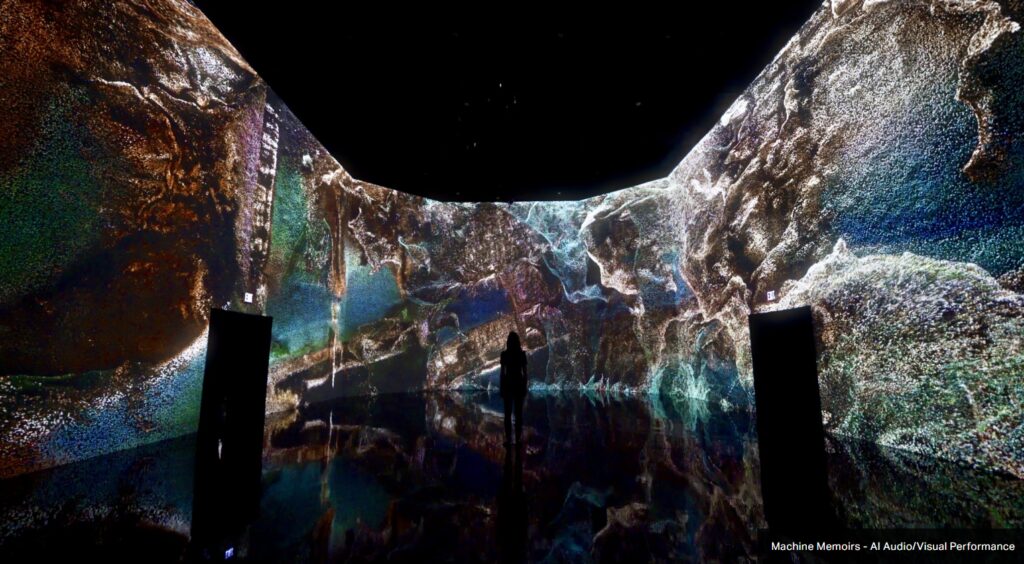
This process works in the same way as the way in which we dream. In dreams, our subconscious picks up random people and events from our memories (“archives”) and puts them together in random settings, again from our memories. This is why, in a dream, it is possible to see your mother, on a desert island, dancing kizomba, with your middle school crush, alongside a group of aliens playing jump rope.
All of these images/concepts/ideas might originate from one’s memory, but, it is very possible that they are located in separate parts of the brain. In one’s dream, however, the subconscious is able to mix and match and put them together. By taking random images from the archives and placing them together, Anadol creates new and exciting visuals. He transforms all kinds of data into visual and auditory material and then projects it onto the facades of huge buildings, or anywhere where he can make use of high-resolution screens. So, that’s the way he makes the machines dream. It’s impossible not to be blown away!
Let’s take a quick look at a few examples of Anadol’s work so we can visualize what we’ve been talking about.
WDCH Dreams
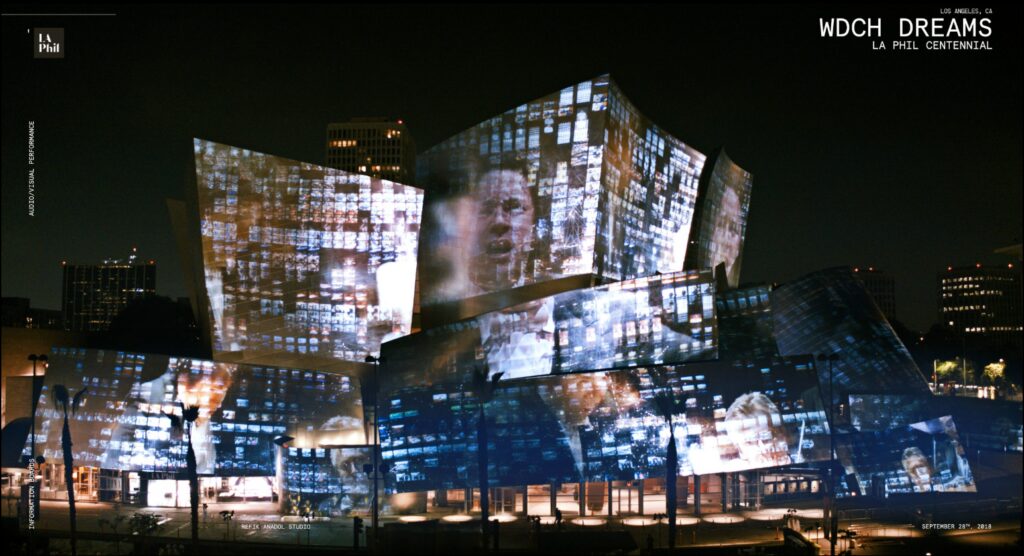
To create this project, Refik Anadol and his team made use of the digital archives of the Los Angeles Philharmonic Orchestra to honor its 100-year history.
Bosphorus: Data Sculpture
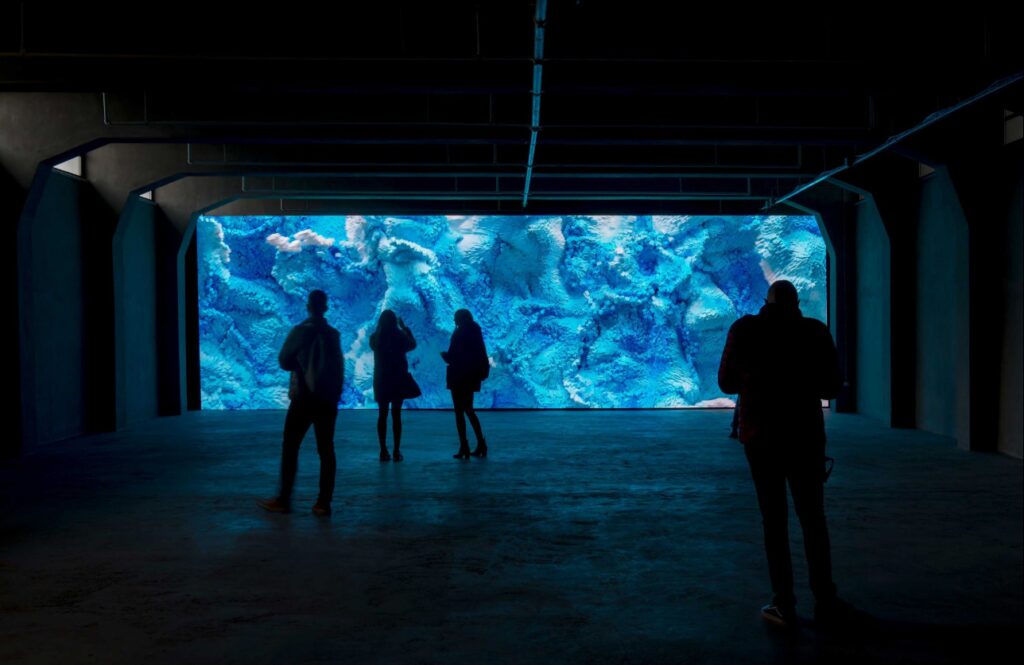
Here, the team used high-frequency radar data representing 30 days of sea surface activity from the Bosphorus Strait of the Marmara Sea, in Istanbul.
Machine Hallucination
This piece was created by utilizing over 100 million photographic memories of New York City that were found publicly in social networks.
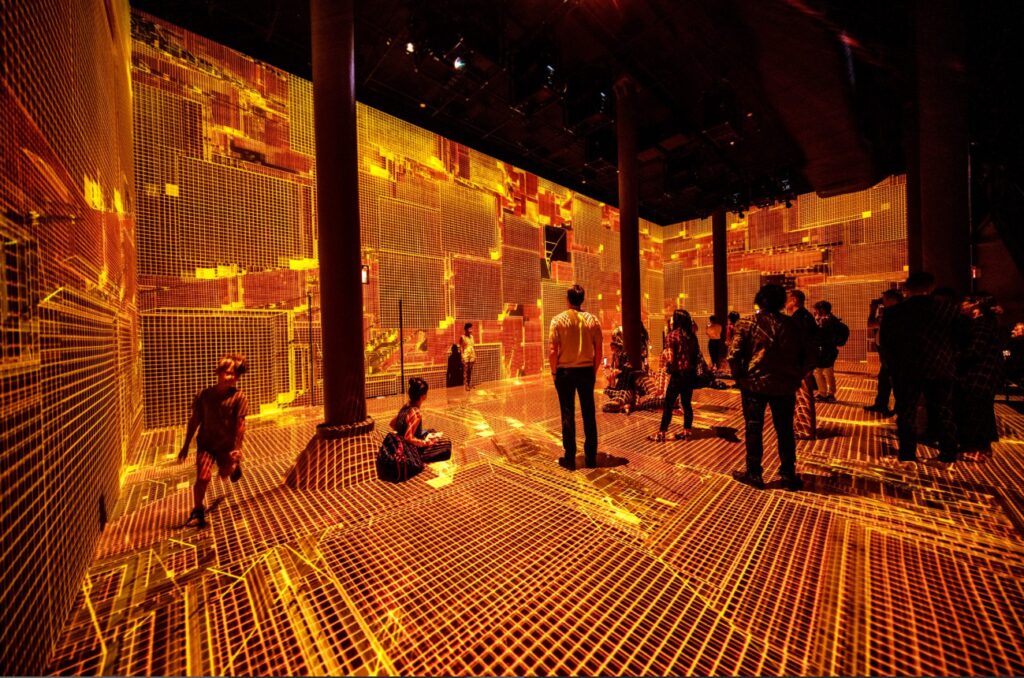
Are you interested in Refik Anadol’s media art and would like to discover more? Watch this:
Want to read more about art and technology? Check out:
